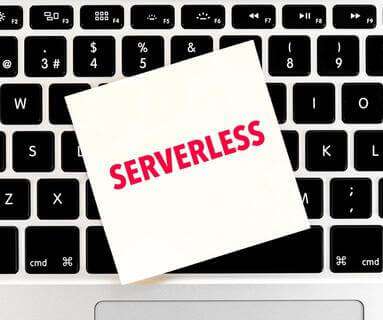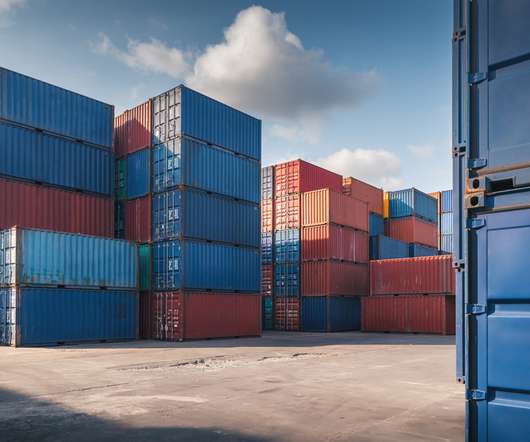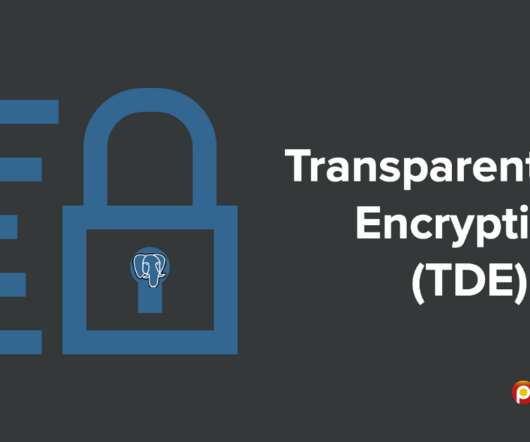How To Run a Docker Container on the Cloud: Top 5 CaaS Solutions
DZone
FEBRUARY 23, 2023
Containerization simplifies the software development process because it eliminates dealing with dependencies and working with specific hardware. You could certainly deploy these containers to servers on your cloud provider using Infrastructure as a Service (IaaS). But, it can be quite confusing how to run a container on the cloud.


























Let's personalize your content